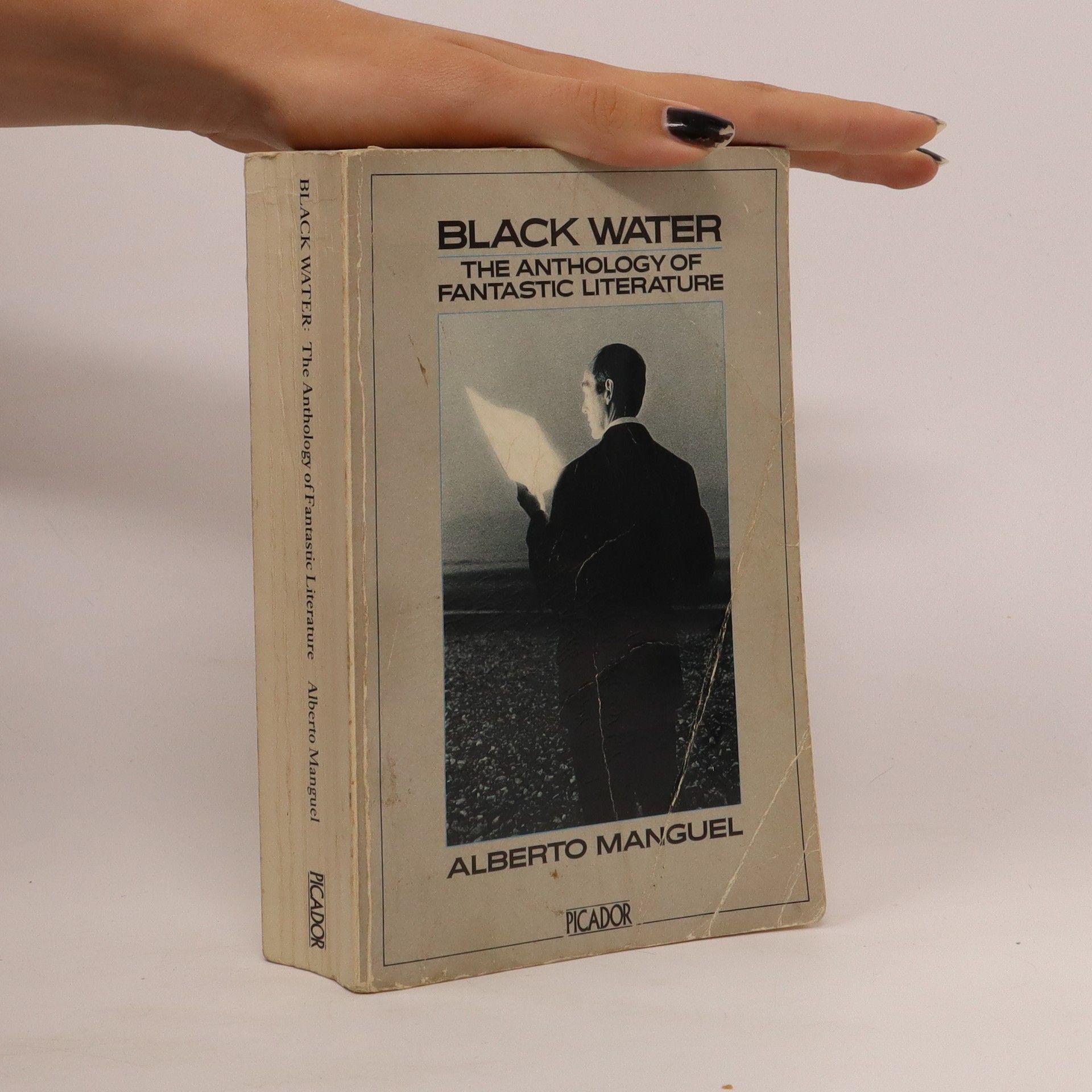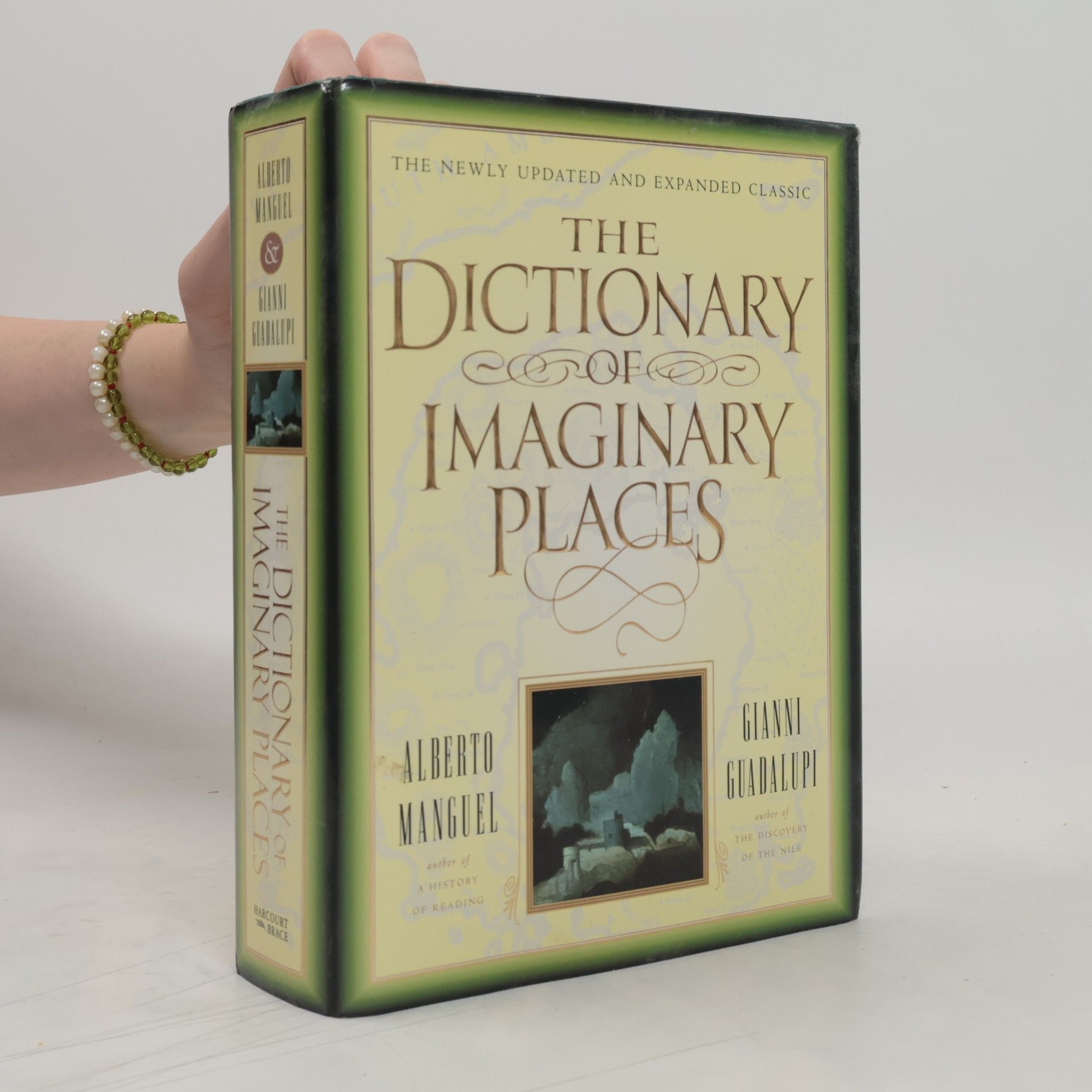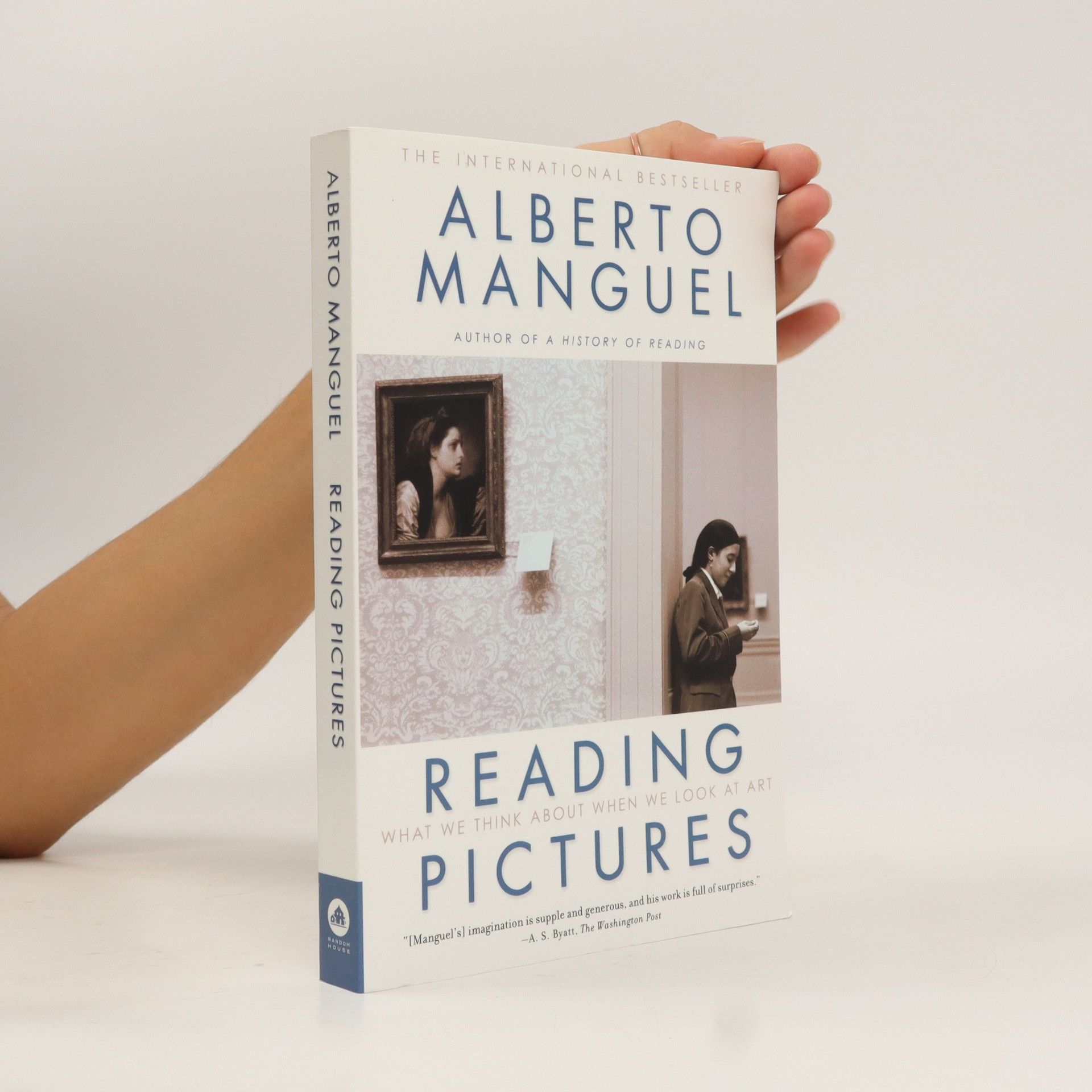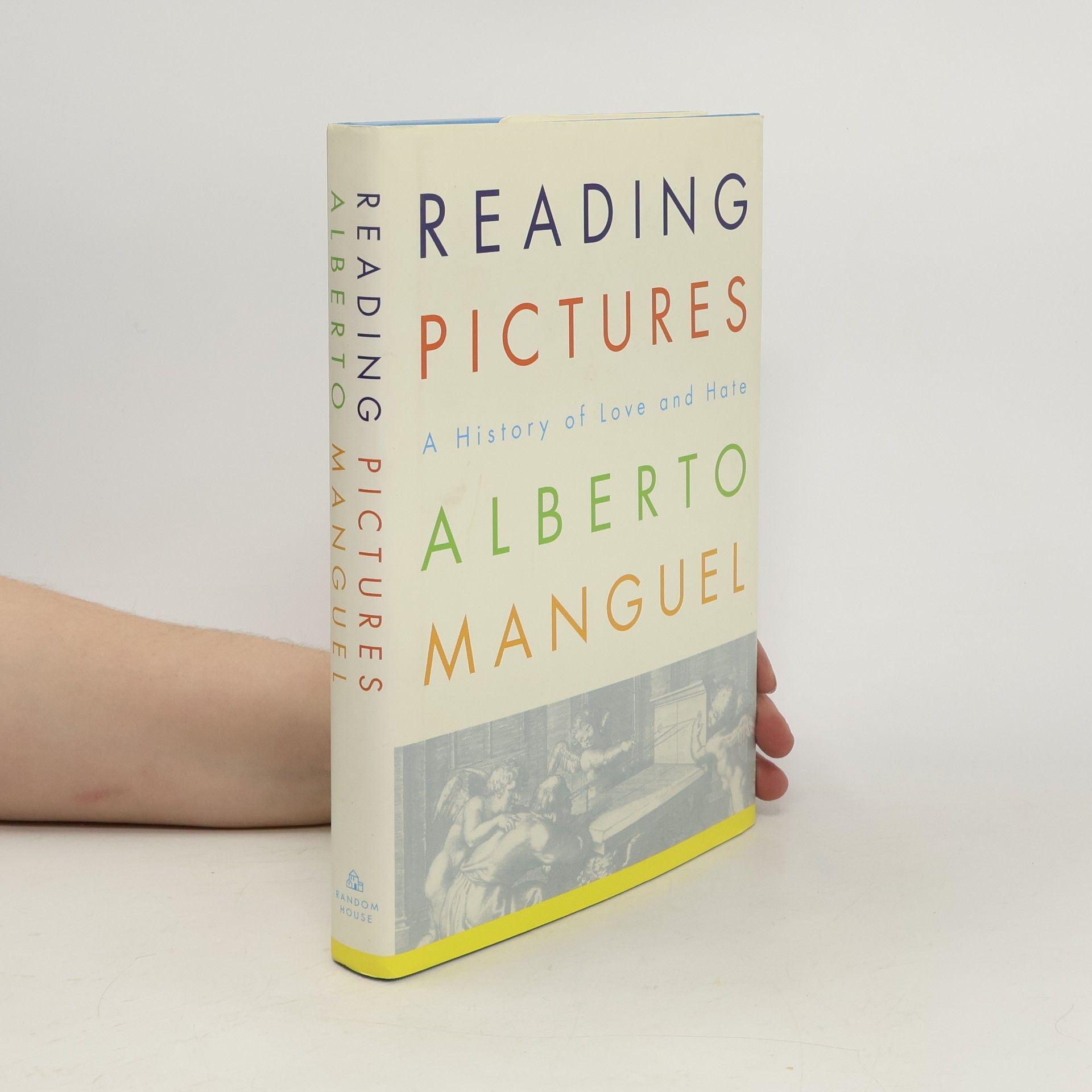In this graceful and sweeping addition to the Books That Changed the World series, Alberto Manguel traces the lineage of Homer's epic poems The Iliad and The Odyssey.
Alberto Manguel Libri
Alberto Manguel si concentra sull'importanza vitale del libro nelle società alfabetizzate, sostenendo che l'atto intellettuale ha perso prestigio. Sostiene che le biblioteche siano simboli essenziali della memoria collettiva, suggerendo che dovrebbero essere valorizzate rispetto alle istituzioni finanziarie. Manguel ipotizza che gli esseri umani possano essere definiti come animali che leggono, spinti a decifrare il mondo e se stessi. Il suo lavoro esplora la profonda connessione tra lettori, testi ed esperienza umana.







The Dictionary of Imaginary Places
- 776pagine
- 28 ore di lettura
"From Atlantis to Xanadu, this Baedeker of make-believe takes readers on a tour of more than 1,200 realms invented by storytellers from Homer's day to our own." "Most every fanciful world from books and film is included: Shangri-La and El Dorado are here, as is Utopia, Tolkien's Middle-earth, and Carroll's Wonderland, as well as the Beatles' Pepperland, the Marx Brothers' Freedonia, and a strange little town called Stepford. The history and behavior of the inhabitants of these lands are described in detail and supplemented by more than 220 maps and illustrations that depict the lay of the land in a host of elsewheres." "Now brought up-to-date with dozens of new entries for such places as Jurassic Park, Salman Rushdie's Sea of Stories, and Neil Gaiman's Neverwhere, this volume is even more comprehensive and entertaining."--Jacket
The Overdiscriminating Lover
- 100pagine
- 4 ore di lettura
Anatole Vasanpeine, an imaginary figure from early 20th century Poitiers, is celebrated for his unique appreciation of erotic minimalism. Rather than focusing on grand narratives, he finds beauty in the small, often overlooked details of life. His passionate love for the intimate and tragic aspects of existence reveals a profound connection to the world around him, inviting readers to explore the depth of everyday moments and the hidden stories they tell.
Black Water
- 992pagine
- 35 ore di lettura
Manguel explains in his introduction that "fantastic literature" makes use of the everyday world as a facade through which the undefinable appears, hinting at the half-forgotten dreams of the imagination. This collection includes material from Kafka, Henry James, E.M. Forster and Herman Hesse.
A collection of 35 stories by critically acclaimed writers that illuminates the infinite variety of erotic experience. Among the classic and contemporary tales are "Desire and the Black Masseur" by Tennessee Williams, "The Slut of the Normandy Coast" by Marguerite Duras, and "Wicked Girl" by Isabel Allende.
The Library at Night
- 381pagine
- 14 ore di lettura
Offers a captivating meditation on the meaning of libraries. This title conducts a library tour that extends from the author's childhood bookshelves to the 'complete' libraries of the Internet, from Ancient Egypt and Greece to the Arab world, from China and Rome to Google.
Homer's the Iliad and the Odyssey
- 304pagine
- 11 ore di lettura
Exploring the origins and enduring impact of the epic poems attributed to Homer, this book delves into their significance in Western literature over the past 2,500 years. Manguel examines the narratives of the Trojan War, notable characters, and the poems' philosophical and historical interpretations. He also addresses the challenges posed by these pagan texts to early Christianity and traces their global influence through time. Ultimately, the work celebrates the beauty and richness of "The Iliad" and "The Odyssey."
A History of Reading
- 384pagine
- 14 ore di lettura
A book for book lovers by a true lover of books! At one magical instant in your early childhood, the page of a book—that string of confused, alien ciphers—shivered into meaning, and at that moment, whole universes opened. You became, irrevocably, a reader. Noted essayist and editor Alberto Manguel moves from this essential moment to explore the six-thousand-year-old conversation between words and that hero without whom the book would be a lifeless object: the reader. Manguel brilliantly covers reading as seduction, as rebellion, and as obsession and goes on to trace the quirky and fascinating history of the reader’s progress from clay tablet to scroll, codex to digital.
Reading Pictures : What We Think about When We Look at Art
- 352pagine
- 13 ore di lettura
This profoundly illuminating, entertaining book could well change the way we "read" the visual world around us, and certainly help open our eyes and minds to its astonishing riches. The language in which we speak about art has become steadily more abstruse, a jargon that only art critics and con-artists can understand, though for thousands of years this was not the case. Today, we live in a kaleidoscopic new world of images: Is there a vocabulary we can learn in order to read these images? Is there something we can do so as not to remain passive when we flip through an illustrated book, or download images on a screen? Are there ways in which we can "read" the stories within paintings, monuments, buildings and sculptures? We say "every picture tells a story" - but does it? Taking a handful of extraordinary images - photographed, painted, built, sculpted - Alberto Manguel explores how each one attempts to tell a story that we, the viewer, must decipher or invent. A History of Love and Hate is not about art history or theory - it is about the astonishing pleasures and surprises of stories.
Reading Pictures
- 352pagine
- 13 ore di lettura
This profoundly illuminating, entertaining book could well change the way we "read" the visual world around us, and certainly help open our eyes and minds to its astonishing riches. The language in which we speak about art has become steadily more abstruse, a jargon that only art critics and con-artists can understand, though for thousands of years this was not the case. Today, we live in a kaleidoscopic new world of images: Is there a vocabulary we can learn in order to read these images? Is there something we can do so as not to remain passive when we flip through an illustrated book, or download images on a screen? Are there ways in which we can "read" the stories within paintings, monuments, buildings and sculptures? We say "every picture tells a story" - but does it?Taking a handful of extraordinary images - photographed, painted, built, sculpted - Alberto Manguel explores how each one attempts to tell a story that we, the viewer, must decipher or invent. A History of Love and Hate is not about art history or theory - it is about the astonishing pleasures and surprises of stories.

